I went into my back lane and my eye was caught by something growing between my compost and my fence. Oh oh! A Manitoba Maple sprout as thick as my little finger. I ran around, dug into the compost and yanked it out. This determined baby tree may be only a few weeks old but it was heading for the sky.
Manitoba Maples are great trees, large, happy Thunder Bay denizens beloved of birds. But, like many trees, they produce millions of seeds. A tiny seedling can bulk out in a few weeks to a thick whippet of a branch that is tough to remove. I have seen a Manitoba Maple take down a fence. A friend had one grow unseen between a fence and a shed and in a season, it was a full blown tree.
All trees shed something – cones, catkins, fluff or seeds. Maple trees send off dry helicopter seeds that can sprout in a garden. I have pulled out many bitsy maples over the years. I gave a three inch sprout to a friend and voila, with good care, a tree in a couple of years.
All gardens, even small ones, need trees. My fav is the mountain ash but I also have a white blooming crab (Dolgo Crab) plus three Brandon pyramid cedars, fine thick trees that create – slowly- a privacy fence. If I had room I would plant the Native Wild Crab Apple for the magnificent blooms. Every spring they bloom along North Rockwood Avenue. The cedar waxwings love them as much as I.
I had an apple tree but I cut it down. This was a Goodland Apple produced by Morden of Manitoba. For the first three years, it produced medium-sized fruit, sweet and good for cooking. But the apples became infected with apple maggot, and unless I wanted to start on a serious schedule of spraying, I would have hundreds of apples that had brown streaks in them and which turned to pulp in a few days. For a few years I tried the various organic remedies but nothing worked. The fly that produces the maggot inhabits the city. Apples in the country are not infected. It is difficult to spray in the city with kids, dogs, and neighbours close by.
I also cut down my Shubert choke cherry. This was a fine tree with nice white spring blooms but it developed an unsightly black lumpy fungus. Slowly the fungus took over the tree. I note that many chokecherry trees around town and in the bush have the thick black growths. The spores are in the air so the best plan is not to plant chokecherries. It's heartbreak to cut down a tree.
The most important thing with trees is to site them properly; preferably on the north side of the garden to block the winter winds but not the sun. Our storms usually come from the northwest and so a few cedars at that corner make a nice wind break.
The Thunder Bayer of old had no air conditioning and did everything to prevent the sun from blasting in the windows. The people dressed in heavy fabrics with multiple petticoats and high collars so they used trees to keep the houses cool. Also, at the turn of the century, upholstery fabrics and wall paper faded badly in sunlight. For these reasons, we see the older houses in town surrounded by very large trees, tall spruce or many birch. The interior of the house was dark but they liked it that way.
Now we want our trees away from the house. It is an expensive proposition to cut down a full sized large tree so the placing of the tree becomes crucial. Smaller trees, mountain ash, nanny berry, the various crab apples, Medora juniper, the Preston lilacs, Morden tower poplar, are favoured now.
Trees have a high mortality rate and need care the first two years. You often see dying baby trees around, so sad. They need water, the right spot, and if they are in an exposed place, a guard to protect them from people, dogs, bicycles etc. Plant the biggest healthiest specimens you can buy (or dig up) to give them a good start.
Wednesday, 9 July 2008
Subscribe to:
Post Comments (Atom)

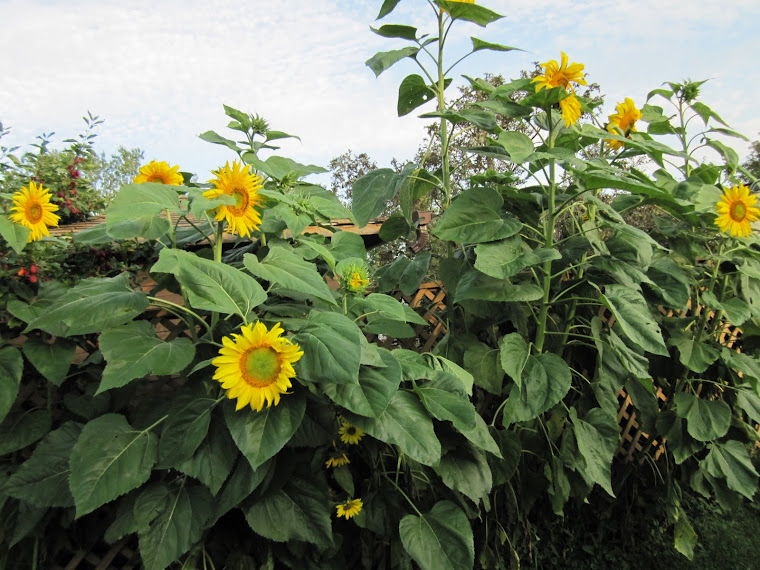

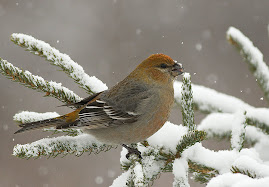



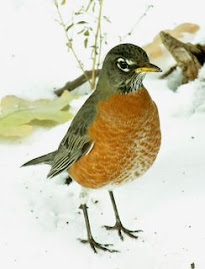


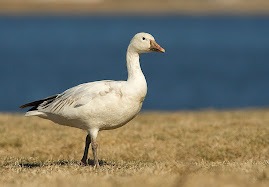




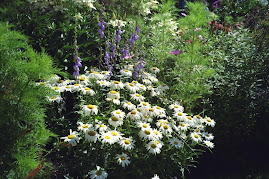
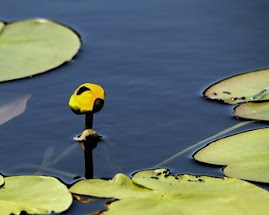

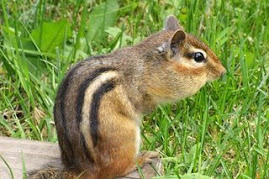
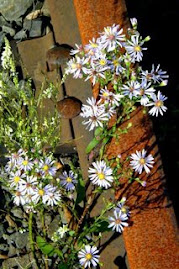
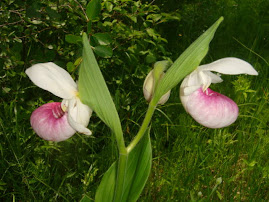
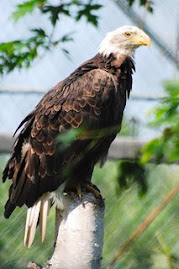
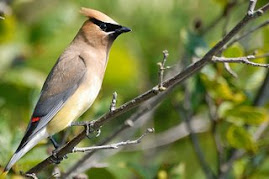
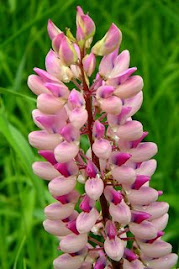
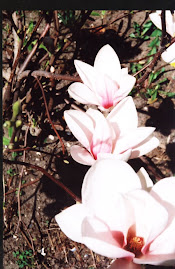
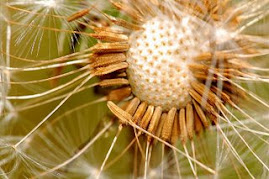
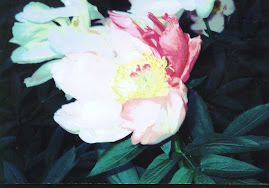
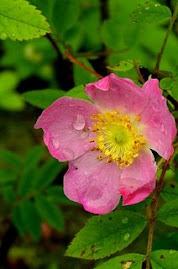



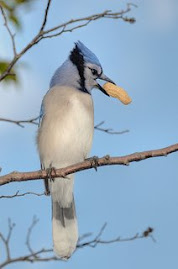

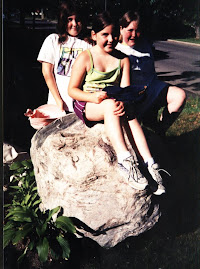

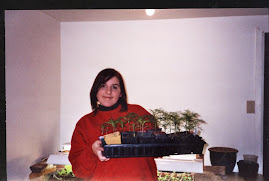
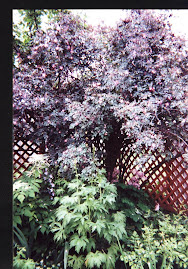
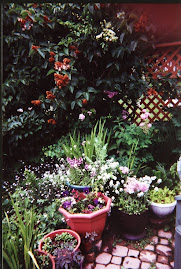

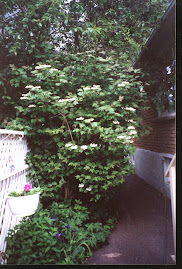
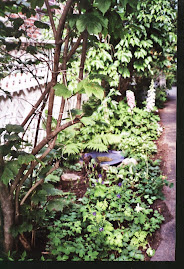


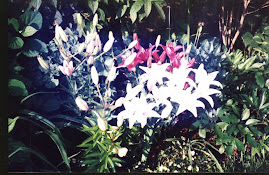




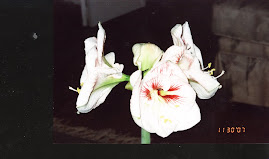


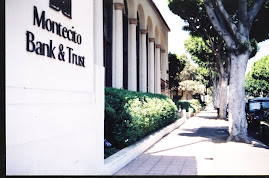
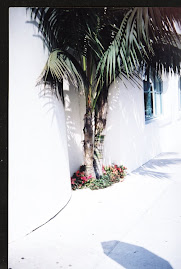
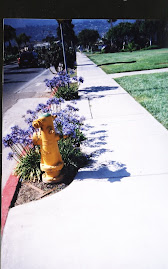

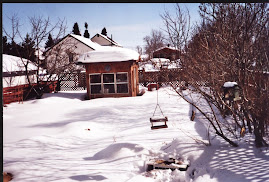
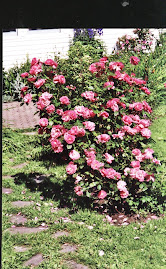
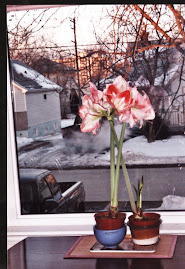

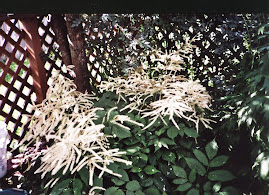








No comments:
Post a Comment